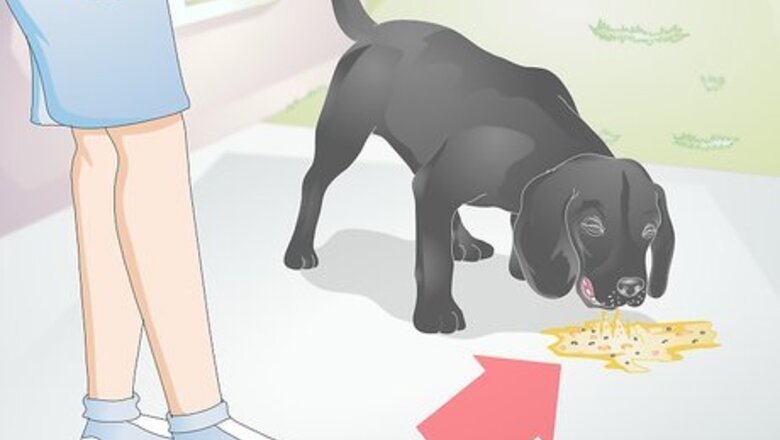
views
X
Expert Source
Natalie Punt, DVMVeterinarian
Expert Interview
Observing Vomiting Behavior
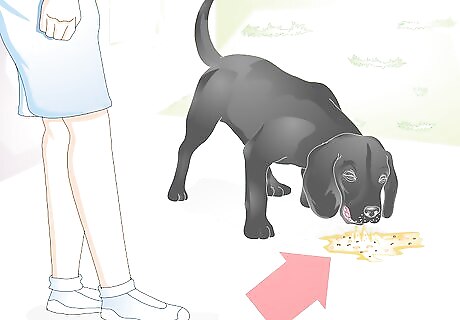
Notice when your dog vomits. Dogs that vomit bile do so when their stomach is empty. Often, this is early in the morning after not eating all night or late in the evening. With this in mind, consider keeping a written log of when you see your dog vomiting. If your dog vomits yellow and foamy fluid before its morning meal or several hours after its evening meal, then your dog likely has bilious vomiting syndrome.
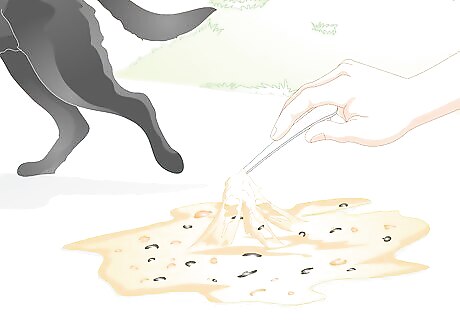
Examine the vomit. Yellow and foamy vomit will not have any food particles in it because the stomach is empty. Vomit with partially digested food will also have bile, but the bile will not be as easy to see. If your dog initially vomits partially digested food and then continues vomiting, the stomach will eventually be empty and you will see only the yellow and foamy fluid.
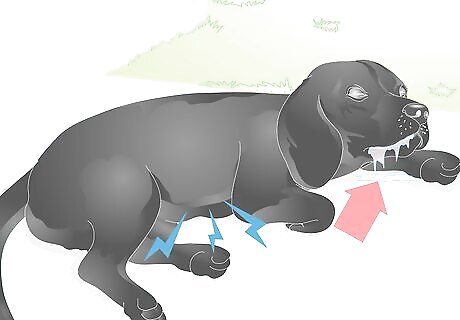
Detect pain or distress during vomiting episodes. Vomiting is not a pleasant experience for dogs. Often, abdominal pain is present when a dog is vomiting as bile can be irritating to the stomach lining. Below are signs of distress that your dog may have during a vomiting episode: Licking the lips Drooling Repeatedly swallowing Hard swallowing Stretching out
Getting a Veterinary Diagnosis
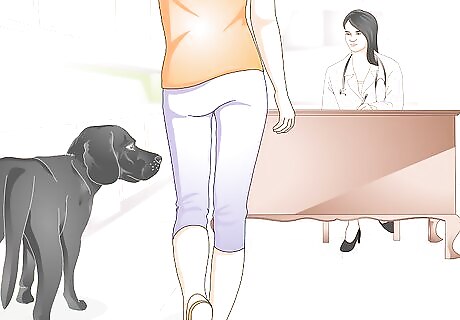
Take your dog to your vet. By itself, bilious vomiting syndrome is not a serious problem in dogs. However, it can lead to other problems. Therefore, if your dog is vomiting bile, do not delay taking your dog to your vet. The sooner your vet can diagnose this syndrome, the sooner your dog can receive treatment and not develop health problems related to vomiting bile.
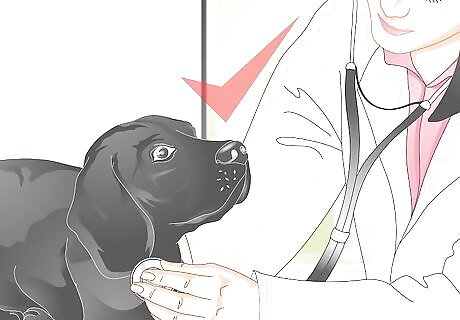
Have your vet examine your dog. Your vet will perform a physical examination. During the physical exam, describe the vomiting episodes in as much detail as possible: when your dog vomits, what the vomit looks like, and how long the vomiting has been going on. The more information you give your vet, the better able they’ll be able to diagnose your dog.
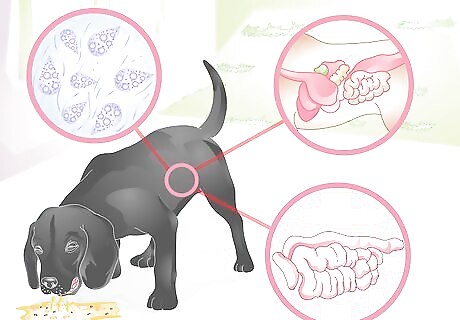
Learn about why dogs vomit bile. It’s not clearly known how bile enters the stomach as a muscular sphincter known as the pylorus prevents intestinal contents from refluxing into the stomach. However, changes to the pylorus or upper intestine can lead to bile refluxing into the stomach. Some potential causes include inflammatory bowel diseases, internal parasites (Giardia), and intestinal blockage.











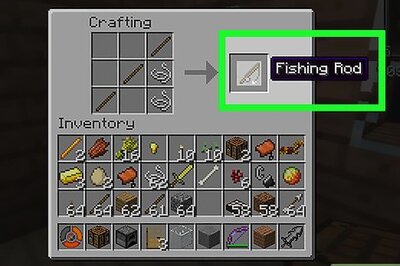







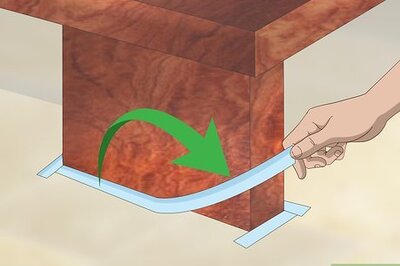
Comments
0 comment